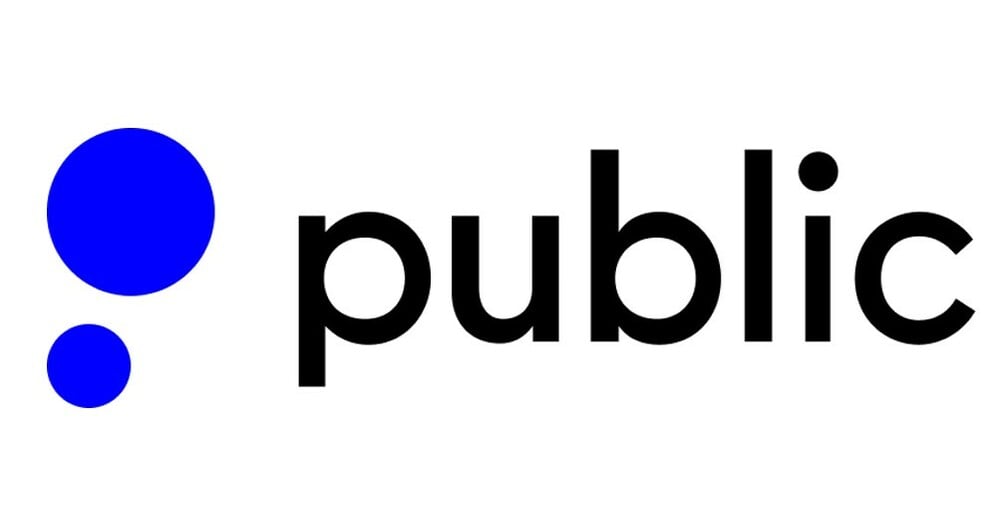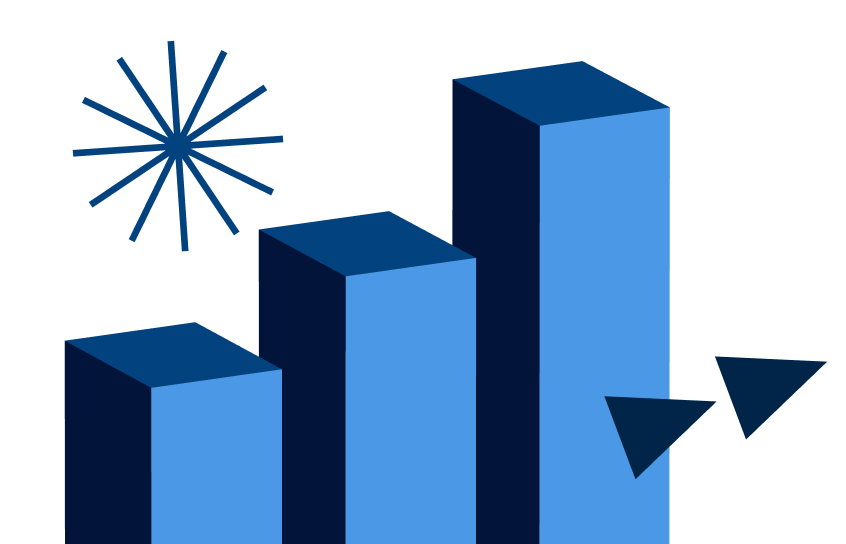What Is the VIX? The Cboe Volatility Index Explained
The Cboe Volatility Index, or VIX, is a benchmark that measures the expected future volatility of the S&P 500 index.

Many, or all, of the products featured on this page are from our advertising partners who compensate us when you take certain actions on our website or click to take an action on their website. However, this does not influence our evaluations. Our opinions are our own. Here is a list of our partners and here's how we make money.
The investing information provided on this page is for educational purposes only. NerdWallet, Inc. does not offer advisory or brokerage services, nor does it recommend or advise investors to buy or sell particular stocks, securities or other investments.
What is VIX?
VIX is the ticker symbol for the Cboe Volatility Index, which measures how much volatility the S&P 500 index may experience over the next 30 days. To calculate this expected price movement, the VIX index measures the average weighted prices of options trading for the S&P 500.
Sometimes referred to as the “fear index,” the VIX reflects investor uncertainty and expected future price fluctuations across the broader financial market. The word “volatility” is often associated with something bad from an investor standpoint, but the VIX is simply measuring a range of how much price movement investors should anticipate — which could be up or down.
The VIX index was introduced in 1993 by the Chicago Board Options Exchange, which has since been abbreviated to Cboe.
NerdWallet rating 4.8 /5 | NerdWallet rating 4.6 /5 | NerdWallet rating 4.6 /5 |
Fees $0 per online equity trade | Fees $0 | Fees 0% - 4% varies by type of transaction; other fees may apply |
Account minimum $0 | Account minimum $0 | Account minimum $0 |
Promotion None no promotion available at this time | Promotion Earn a 1% uncapped match when you transfer your investment portfolio to Public. | Promotion Get $200 in crypto when you sign up. Terms Apply. |
The basics of VIX
The VIX index was introduced by the Chicago Board Options Exchange, or Cboe, as a way for investors to measure future volatility for the S&P 500 index.
To measure future volatility, the VIX uses the weighted prices of the S&P 500 index (SPX) options trading.
The prices used to calculate the VIX are midpoints of real-time S&P 500 option bid/ask price quotations, according to Cboe.
When investor uncertainty increases, the VIX increases.
» MORE: How to invest $100,000
How is VIX calculated?
The formula to calculate the VIX is complex, and the VIX is updated live during trading hours every 15 seconds.
The VIX index measures expected volatility for the S&P 500. The S&P 500 index is composed of 500 of the largest publicly traded companies in the U.S. Because the S&P 500 includes so many large companies across several different market sectors, it is generally viewed as a good indication of how the U.S. stock market is performing overall.
When investors trade options, they are essentially placing bets on where they think the price of a specific security will go. In many cases, institutional investors use options to hedge their current positions. So, if these institutions expect a market upswing or downswing, they may hedge against that volatility by placing options trades.
If many institutional traders anticipate the same thing, there is usually a spike in trading for S&P 500 options.
The VIX index thus uses the bid/ask prices of S&P 500 index options to gauge investor sentiment for the larger financial market.
VIX and volatility
If the range of strike prices for puts and calls on the S&P 500 increases, this usually indicates that the investors placing the options trades are predicting some price movement up or down.
Typically, the performance of the VIX index and the S&P 500 are inversely related to each other. In other words, when the VIX rises, the S&P 500 is usually declining.
Understanding how the VIX index is calculated can help investors gauge market sentiment, which can guide decisions on when to buy or sell. As a general rule, when the VIX is:
0-15, this usually indicates optimism in the market and very low volatility.
15-25, there is typically a moderate amount of volatility, but nothing extreme. A VIX in this range are indicative of a normal market environment.
25-30 indicates some market turbulence; volatility is increasing and investor confidence may be waning.
30 and over typically indicates some anticipation of extreme swings in the market.
Increases in the VIX often accompany market downturns. Here’s a snapshot of how the VIX has changed.
Can I buy VIX?
Investors cannot buy the VIX directly. It's an index.
However, there are a wide array of exchange-traded funds, or ETFs, and exchange-traded notes — or ETNs — tied to the VIX. Given that the performance of the VIX is negatively correlated to the S&P 500, some investors buy ETFs or ETNs linked to the VIX as a way to diversify and hedge positions in their portfolio. It’s important to note that the VIX itself can be exceedingly volatile.
Before purchasing a security tied to the VIX, understand all of your options so that you can make educated choices. If you’re interested in investing in a VIX ETF/ETN, speak with a financial professional first to make sure your investment strategy fits your needs.









